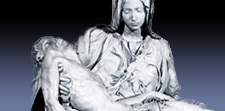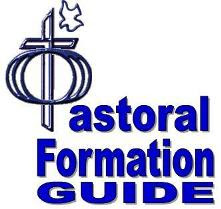
Should the Bible be taken literally? Is any of it metaphor?
The literal sense is the sense that the human author wished to convey to his immediate audience. Once one considers the historical context in which the author lived, exactly who he was writing to, the circumstances in which they lived, and the purpose for his writing, then one is able to derive the literal sense of the text.
The spiritual sense is the meaning that the divine author – God, the Holy Spirit – wishes to convey to mankind in every age. It is the meaning that is found in a passage once that passage is read in the light of Christ and of Christian revelation. The allegorical, moral, and anagogical senses are all spiritual senses of Scripture.
The allegorical sense is the one in which persons, objects and actions depicted in a text are taken as representing other things not present in the text. With the allegorical sense, Moses becomes a type of Christ in his intercessory role for the people. The snake he raised up to heal them becomes an image of Christ crucified.
The moral sense is that element of Scripture that teaches us how to live rightly. As St. Paul says, “These things ... were written down for our instruction” (1 Cor 10:11). Within all of the suffering that the Jewish people had to endure is a moral lesson for us, to strive to do the will of the Lord in all things.
The anagogical sense provides the eternal significance to the realities and events of Scripture. It shows the reader that Scripture has an end in sight. Scripture not only speaks of the author’s day and of our own circumstance, but also of that final culmination of history, when Jesus Christ will make all things new.
Knowing now that there are multiple senses of Scripture, we must also keep in mind that Scripture is made up of many genres or styles of writing, such as history, poetry, parable, song, apocalypse, narrative, prophecy, etc. Once you know the genre of a writing then you know how best to understand it. For example, since the Book of Revelation is apocalyptic literature, we know that it is highly symbolic and thus we don’t think for a second that an actual dragon will appear with seven heads and ten horns when the world comes to an end (cf. Rev 12:3). Instead, we try to figure out what that dragon symbolizes.
Once you consider the multiple senses of a passage and the style in which it was written then you can capture the full breadth of meaning to be found in that passage.





























